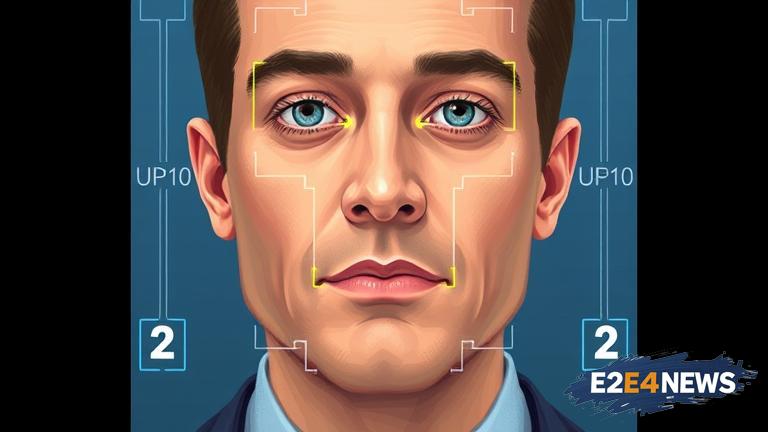The US Transportation Security Administration (TSA) has recently introduced a facial recognition system at various airports across the country, aiming to enhance security and streamline the travel experience. However, this move has raised significant concerns among privacy advocates and lawmakers, who argue that the technology poses a substantial threat to individual privacy and civil liberties. The TSA claims that the system is designed to verify the identities of travelers, reducing the need for physical identification documents and minimizing the risk of human error. Nevertheless, critics argue that the technology is still in its infancy and prone to errors, particularly when it comes to recognizing diverse facial features. Furthermore, there are concerns about the storage and protection of sensitive biometric data, as well as the potential for misuse by government agencies or third-party vendors. The TSA has assured the public that the facial recognition system is voluntary, and travelers can opt-out if they choose to do so. However, some argue that this opt-out option is not clearly communicated, and many passengers may be unaware of their rights. The introduction of facial recognition technology at US airports is not an isolated incident, as several other countries have already implemented similar systems. The use of biometric data for security purposes has become increasingly prevalent, with many governments and private companies investing heavily in the development of facial recognition technology. Despite the potential benefits of enhanced security, the debate surrounding facial recognition highlights the need for a more nuanced discussion about the balance between national security and individual privacy. As the use of facial recognition technology becomes more widespread, it is essential to establish clear guidelines and regulations to ensure that personal data is protected and that the rights of citizens are respected. The TSA’s decision to implement facial recognition technology has sparked a heated debate, with some arguing that it is a necessary measure to prevent terrorism and other security threats. Others, however, believe that the technology is an overreach of government power and a threat to democratic values. The issue has also raised questions about the role of private companies in the development and implementation of facial recognition technology, as well as the potential for bias and discrimination in the algorithms used to analyze biometric data. In response to these concerns, some lawmakers have called for greater oversight and regulation of facial recognition technology, including stricter guidelines for data storage and protection. The use of facial recognition technology at US airports is likely to continue, with the TSA planning to expand the system to more locations in the coming months. As the technology becomes more prevalent, it is crucial to address the concerns surrounding privacy and surveillance, and to establish a framework that balances security needs with individual rights. The introduction of facial recognition technology at US airports is a significant development, with far-reaching implications for the travel industry and beyond. As the debate continues, it is essential to consider the potential consequences of this technology and to work towards a solution that prioritizes both security and privacy. The TSA’s facial recognition system is just one example of the growing trend towards biometric surveillance, and it is likely that we will see more widespread adoption of this technology in the future. However, it is crucial to approach this development with caution, recognizing the potential risks and challenges associated with the use of facial recognition technology. Ultimately, the key to successful implementation will be finding a balance between security needs and individual rights, and establishing clear guidelines and regulations to ensure that personal data is protected. The US government has a responsibility to protect its citizens, but it also has a duty to respect their privacy and civil liberties. As the use of facial recognition technology continues to expand, it is essential to prioritize transparency, accountability, and oversight, and to ensure that the benefits of this technology are shared by all, while minimizing its risks. The TSA’s facial recognition system is a significant step forward in terms of security, but it is also a reminder of the need for ongoing vigilance and debate about the implications of this technology. As we move forward, it is crucial to consider the potential consequences of facial recognition technology and to work towards a solution that prioritizes both security and privacy.





